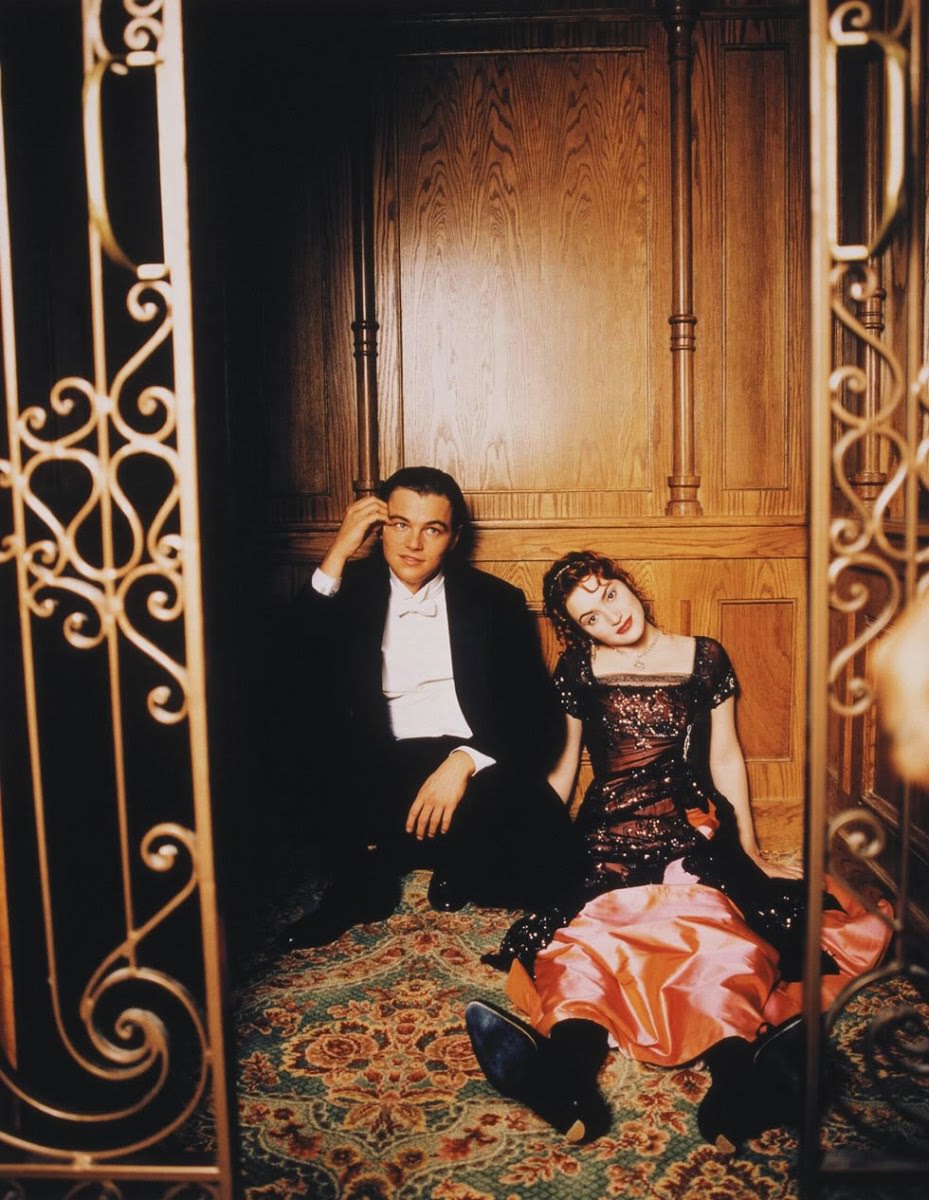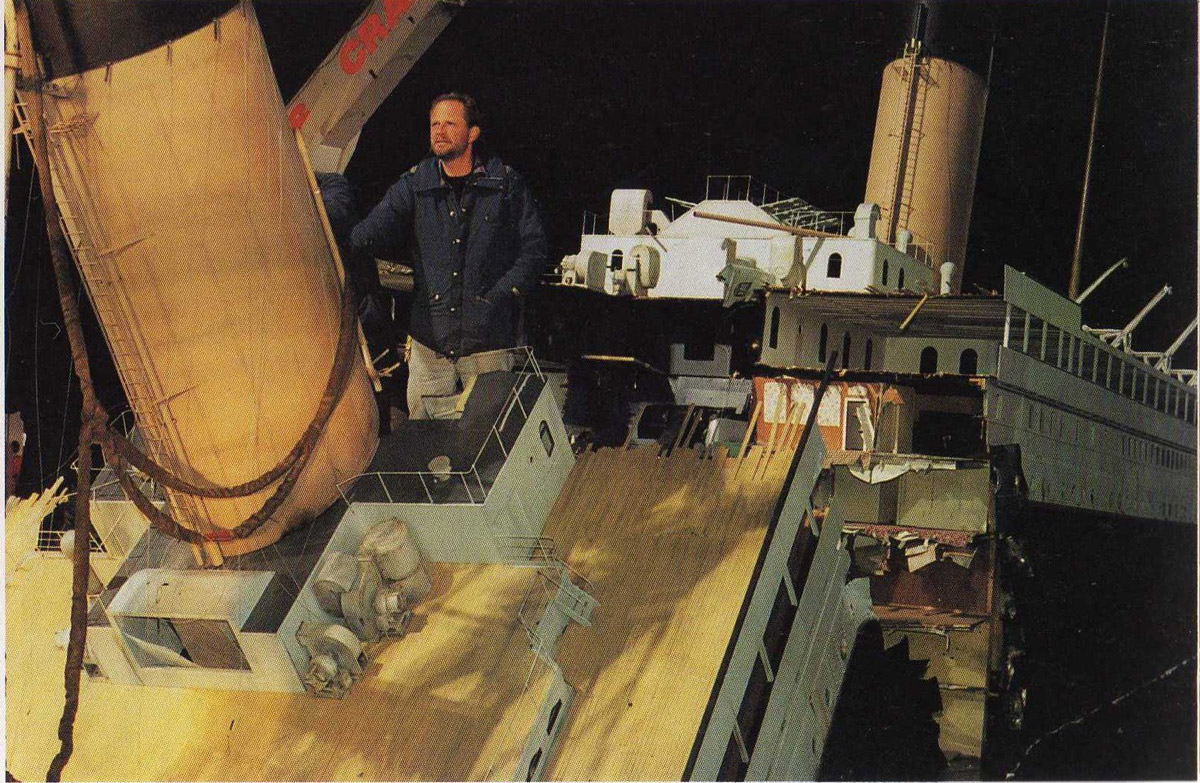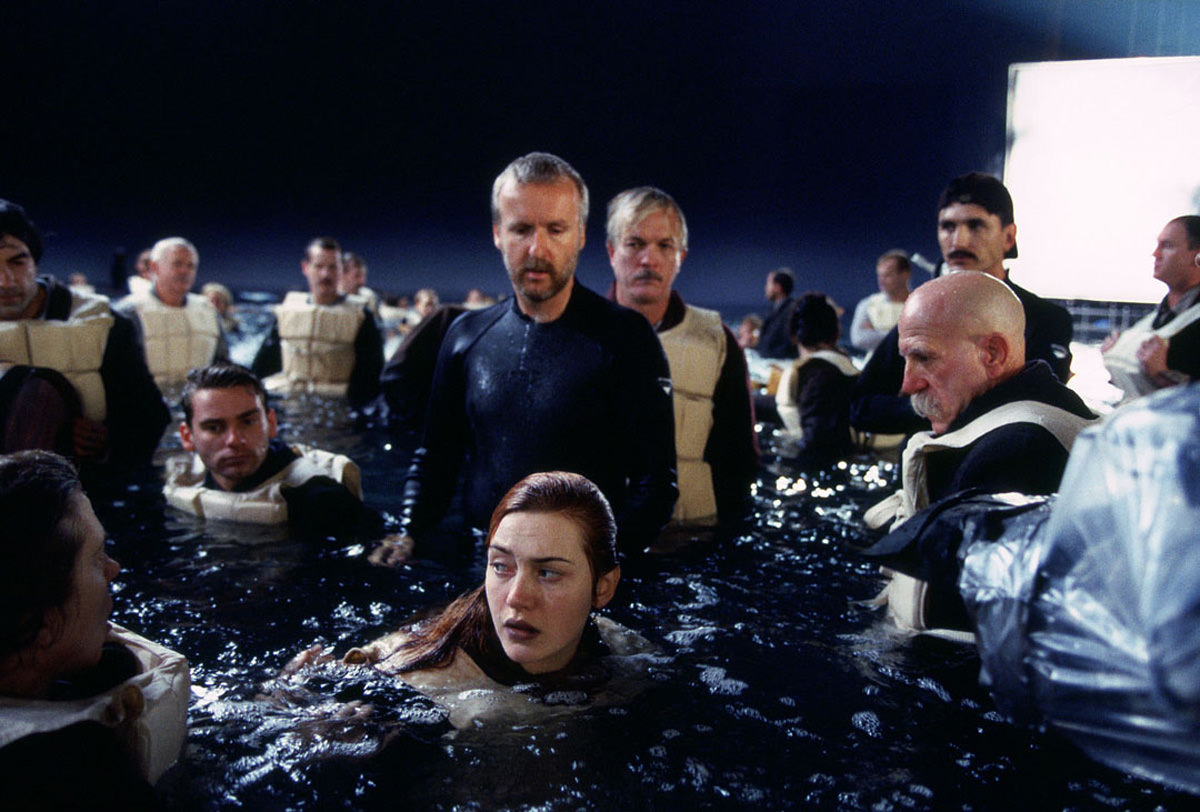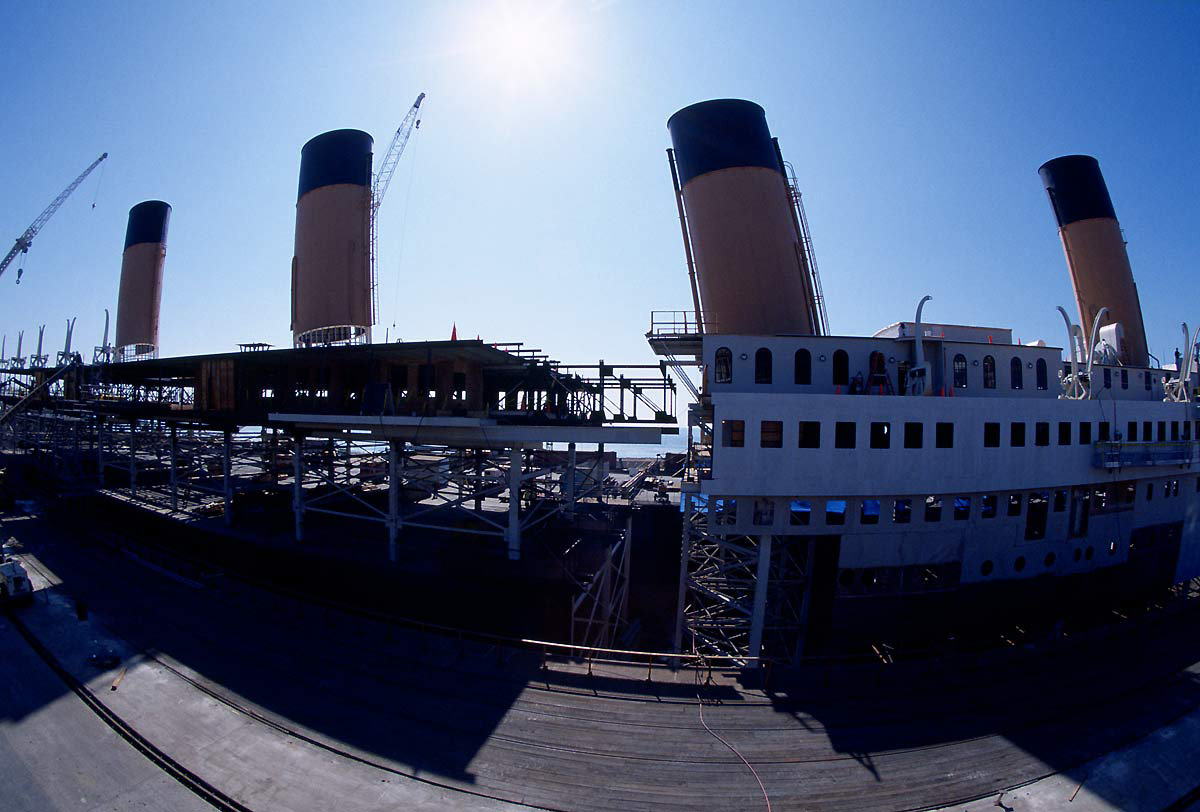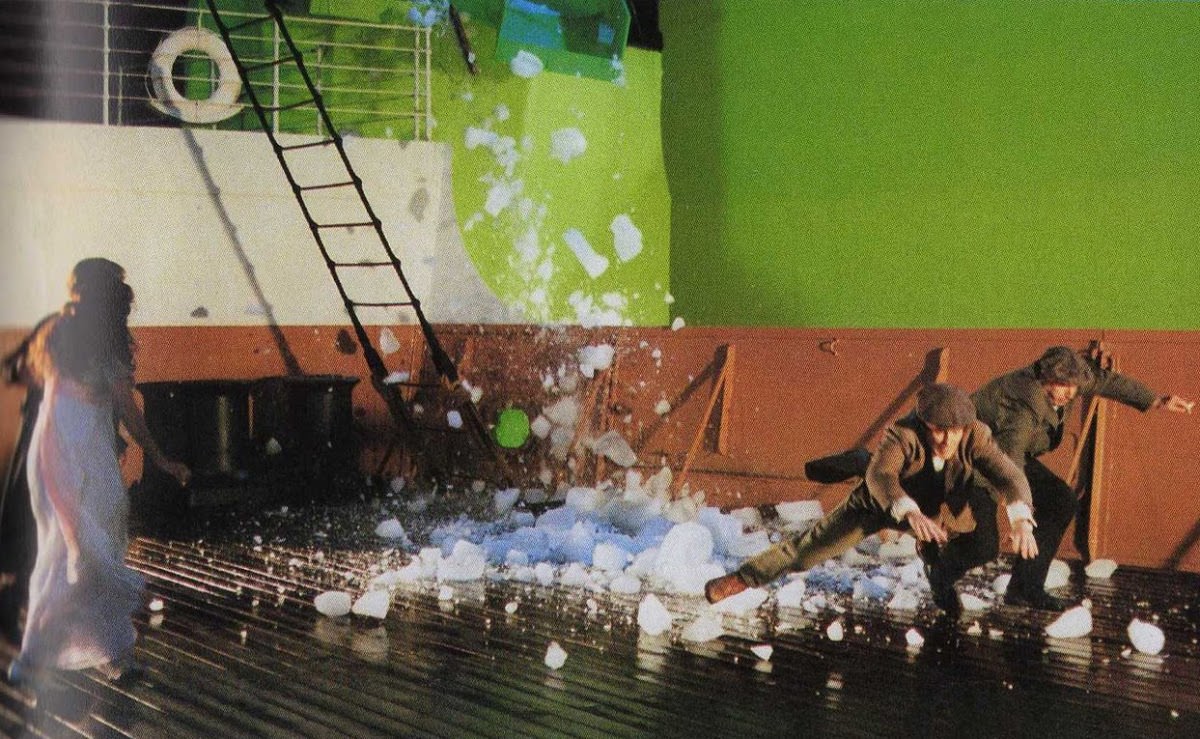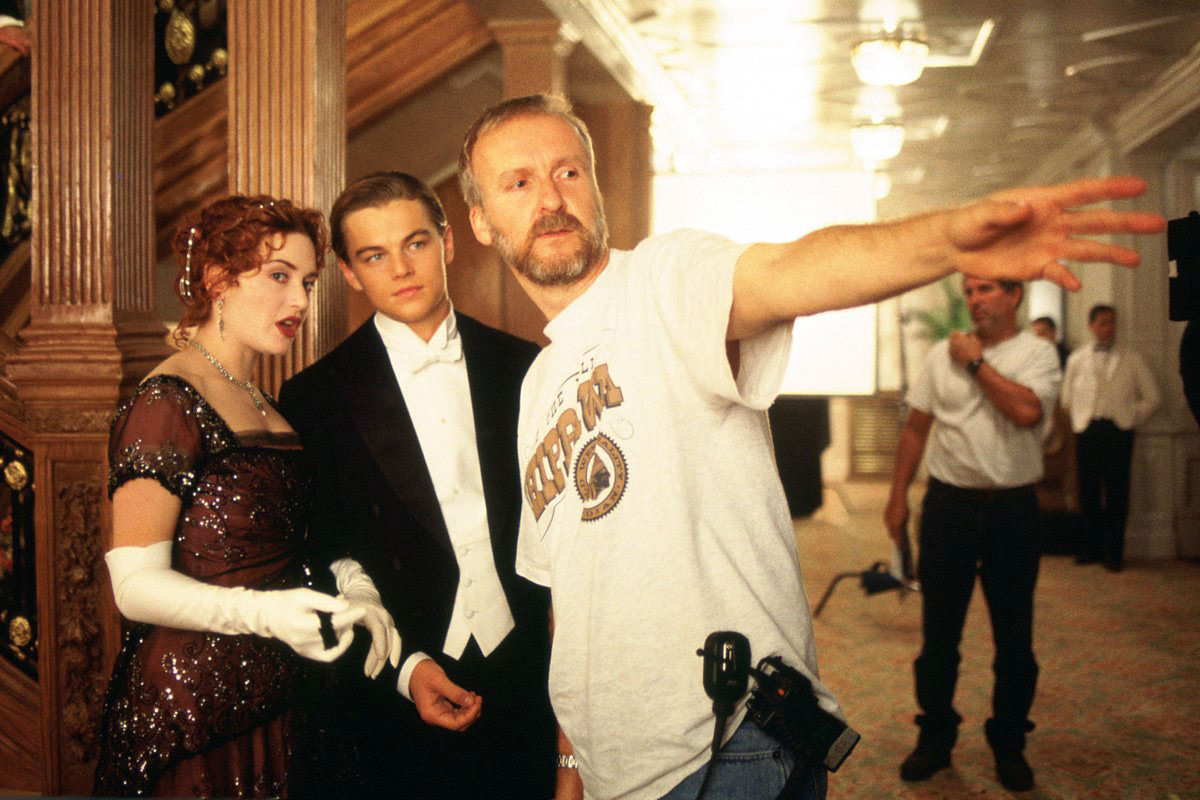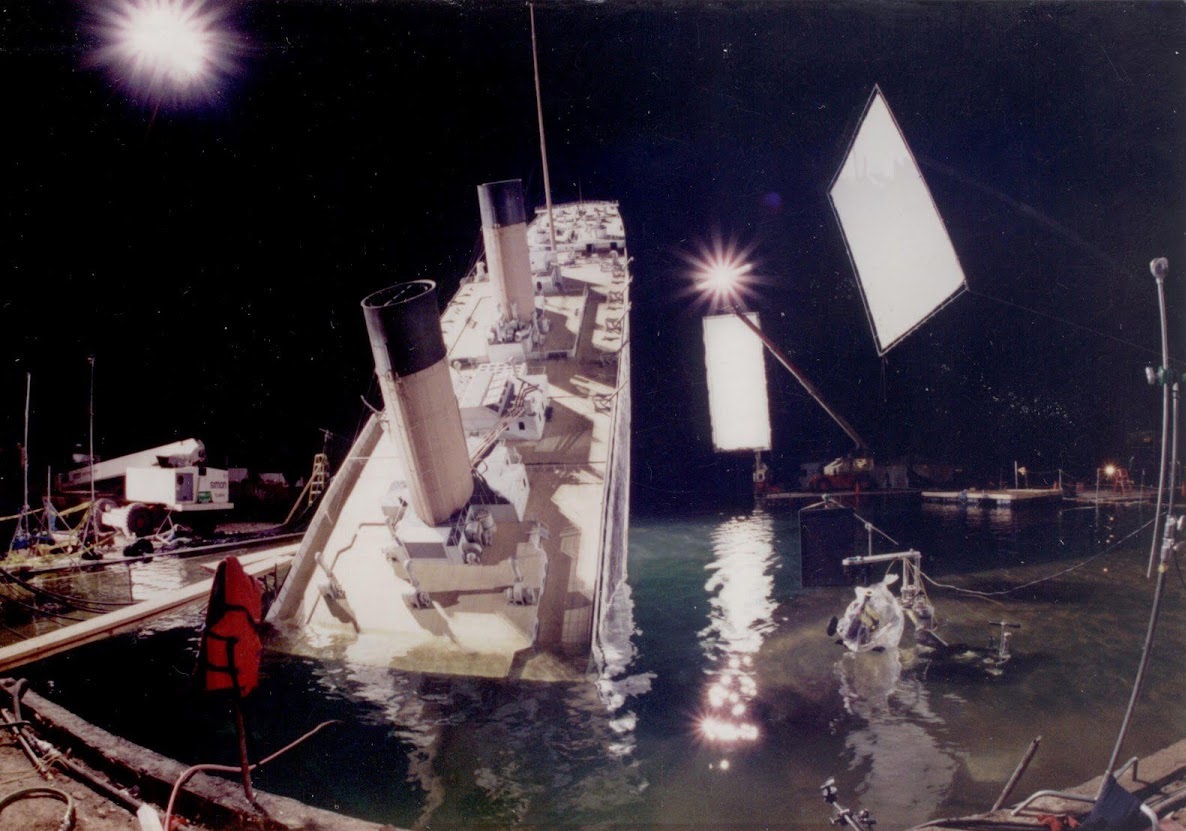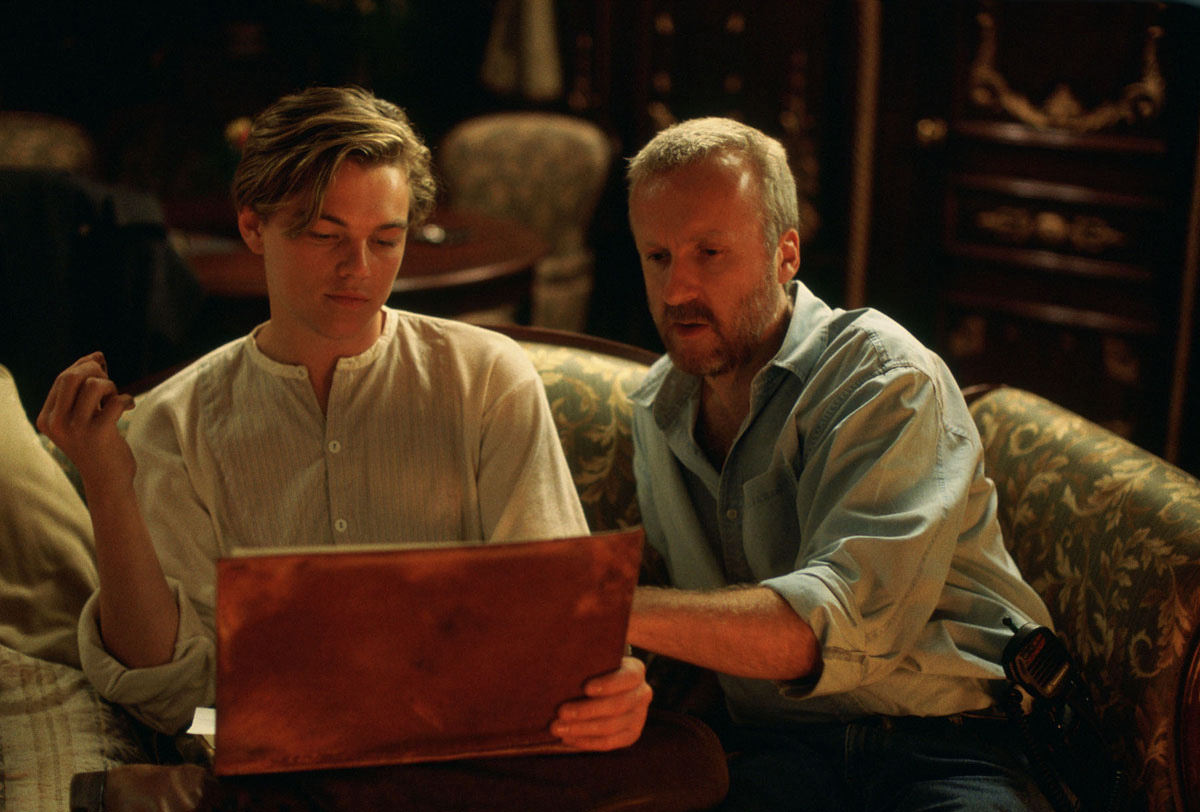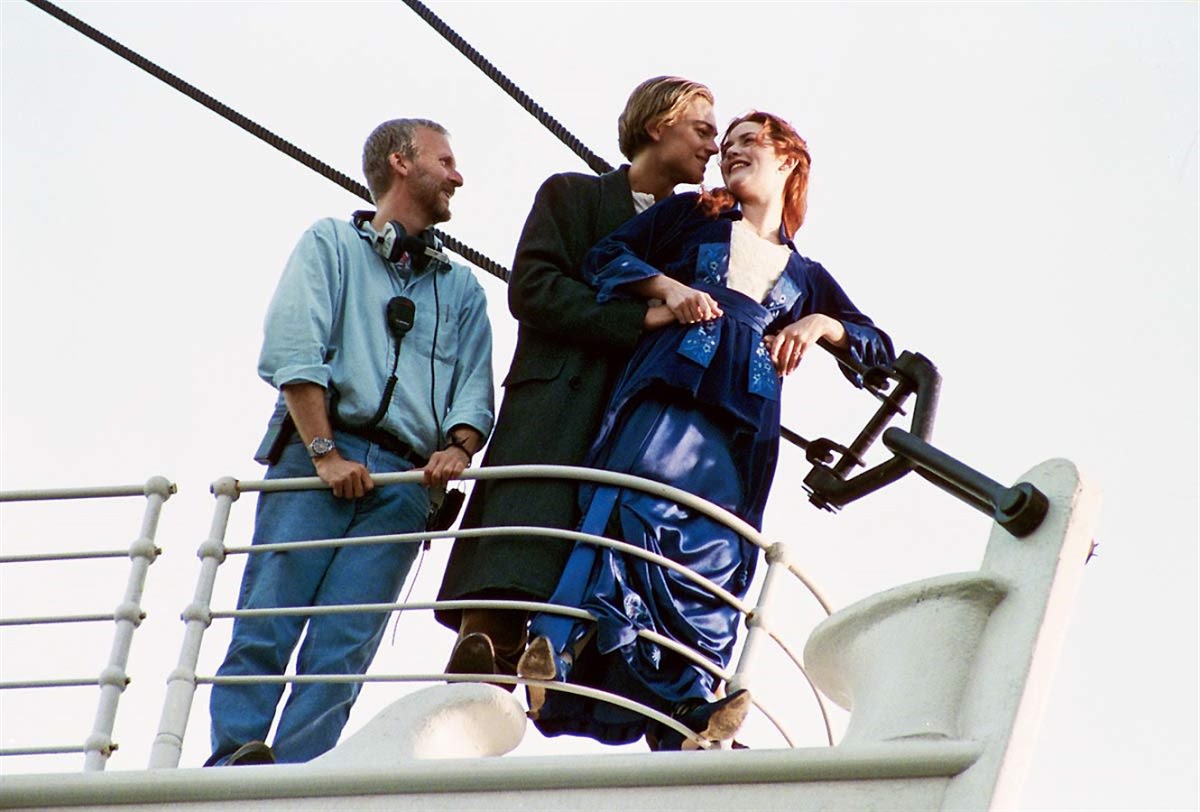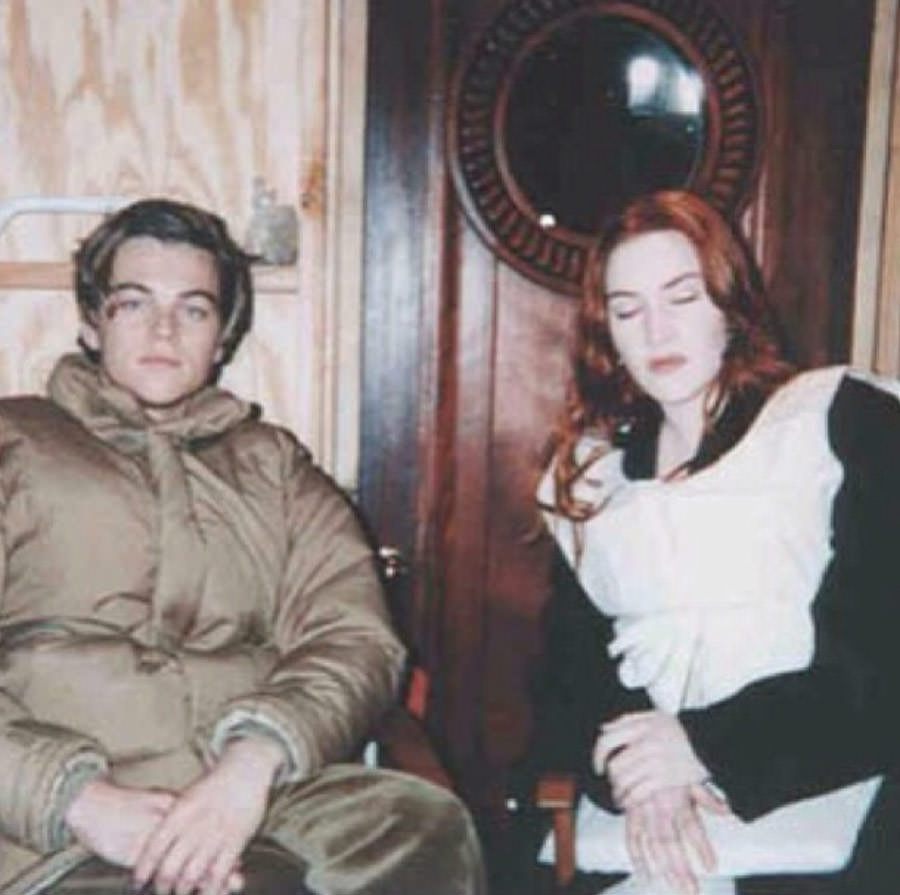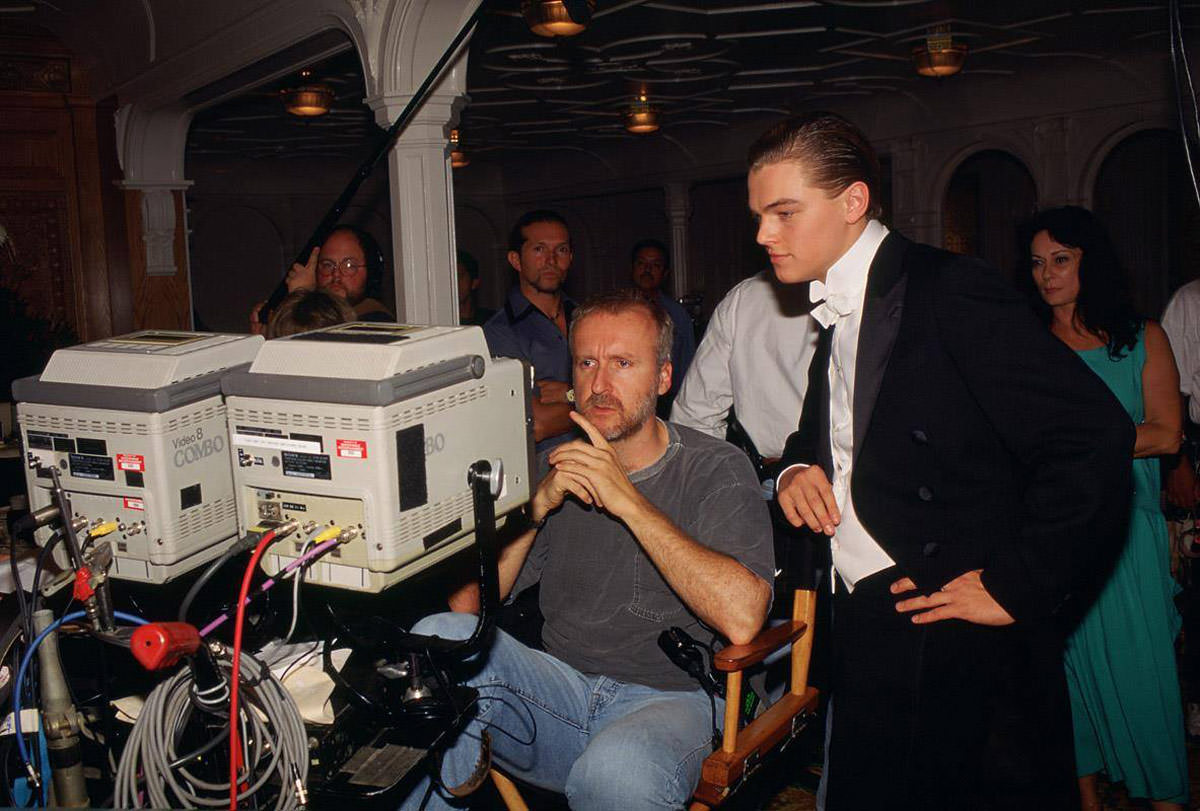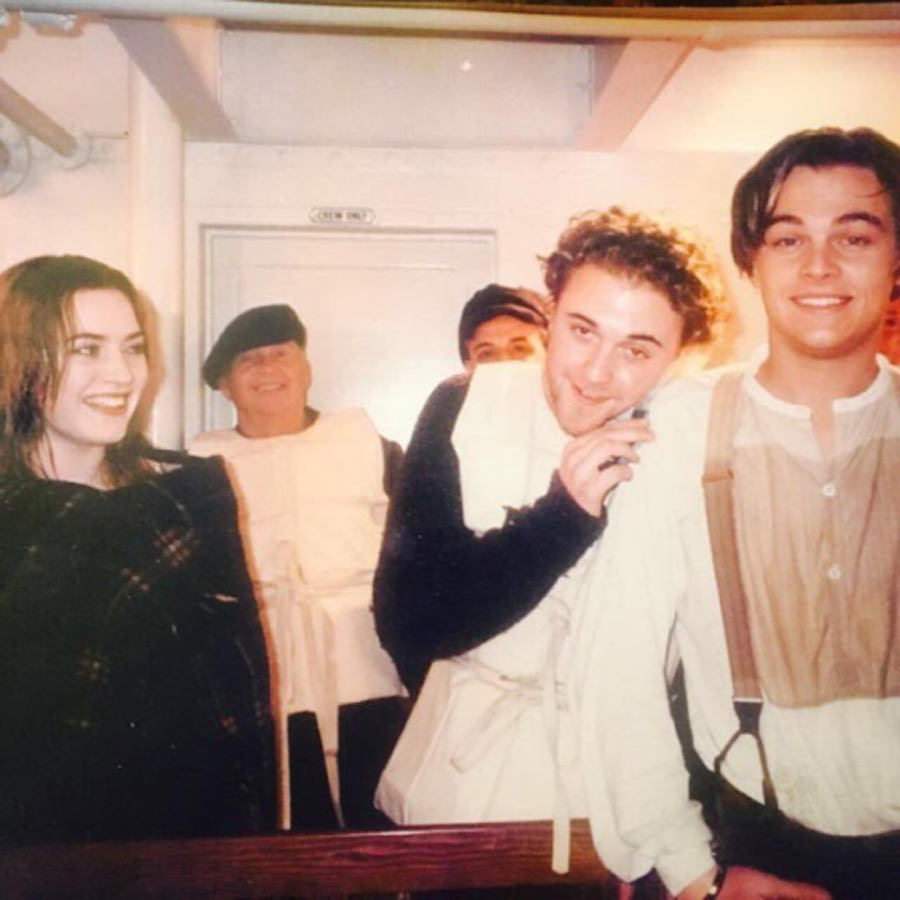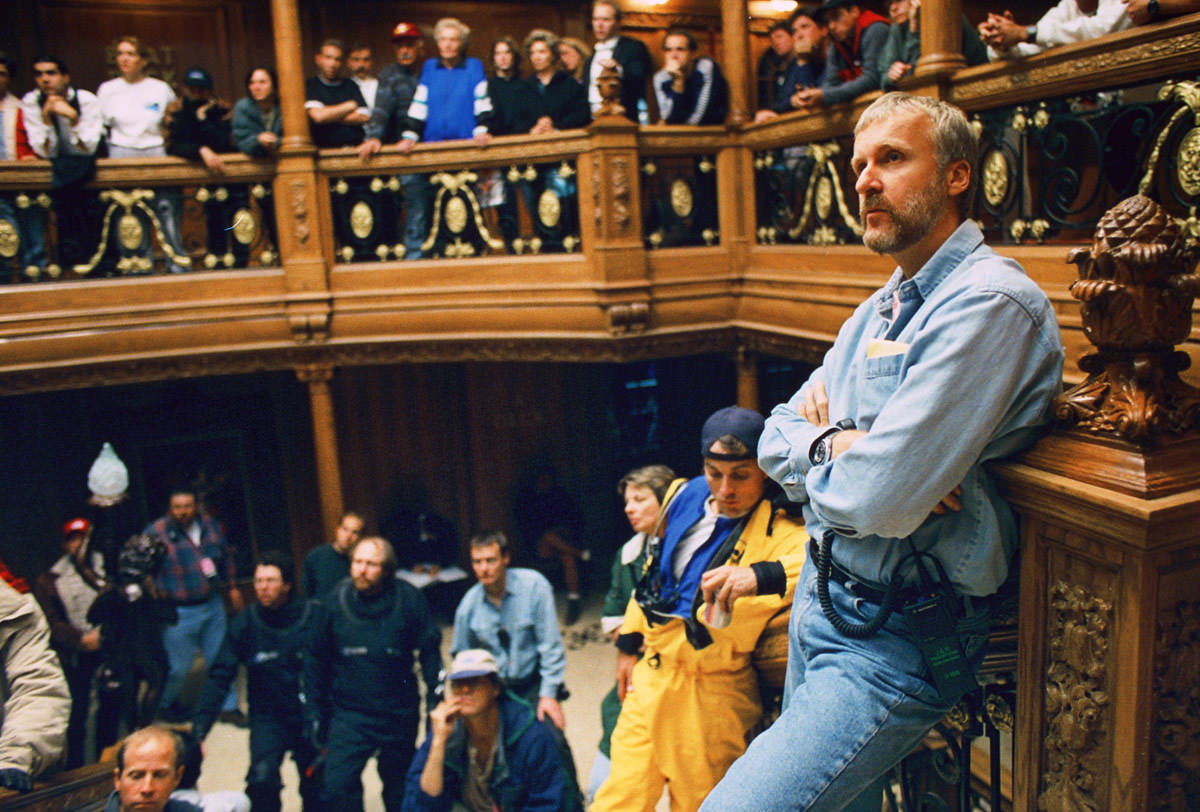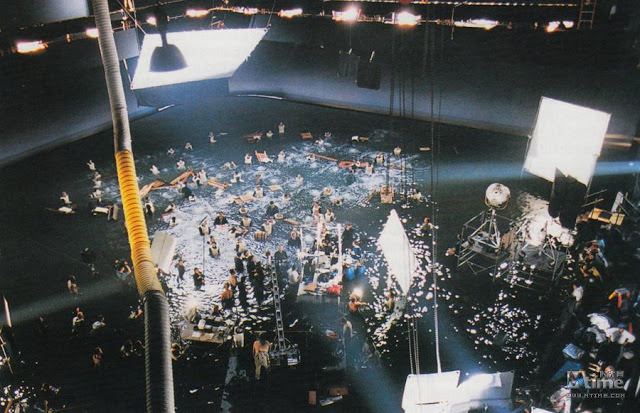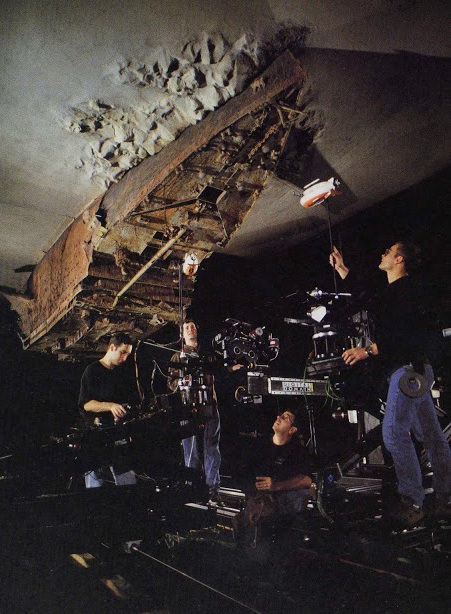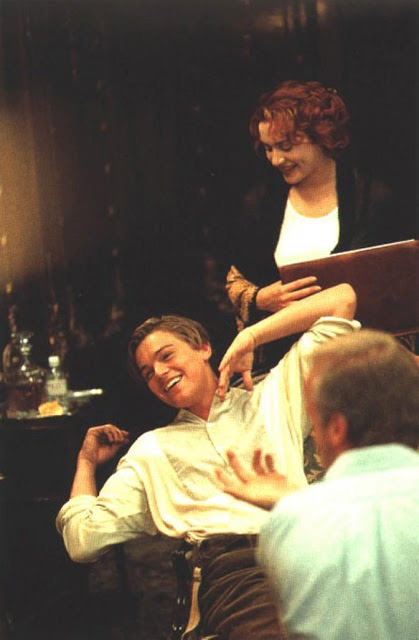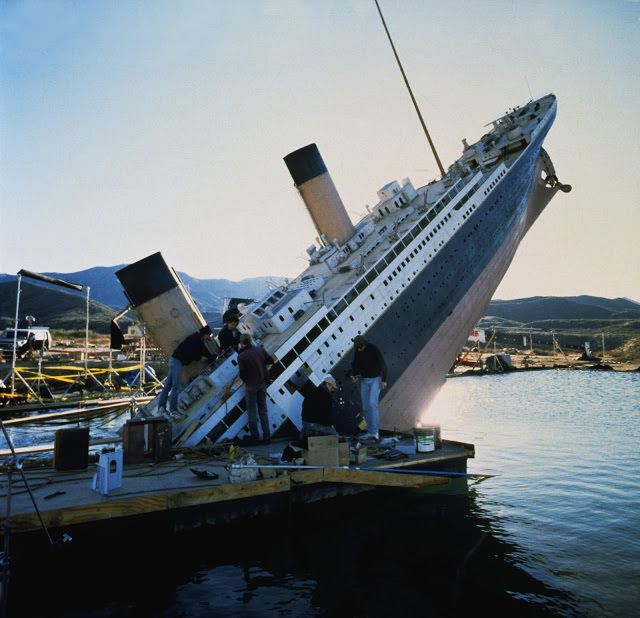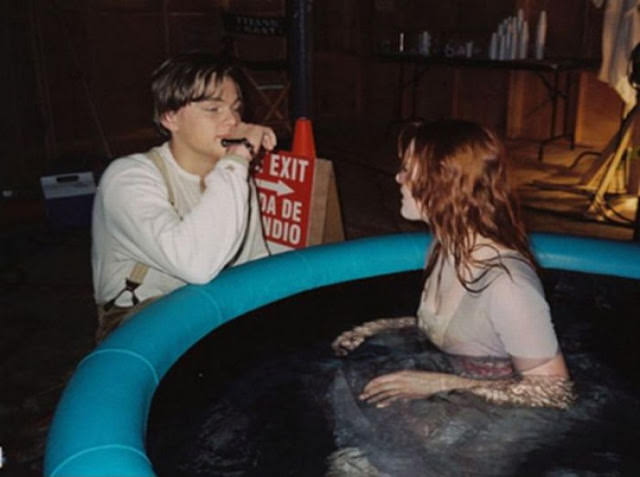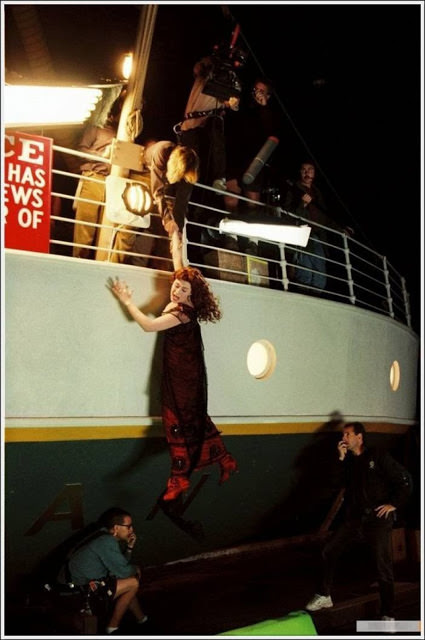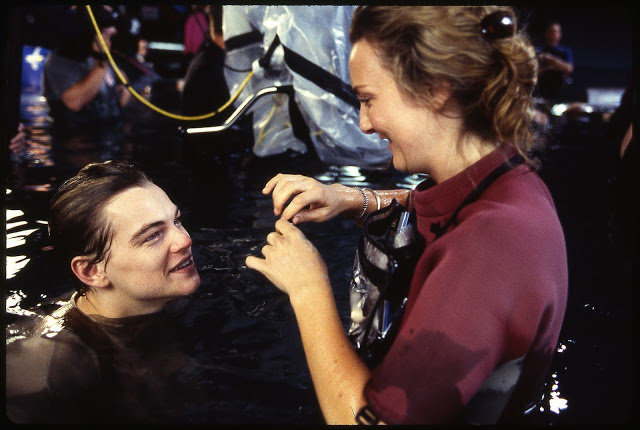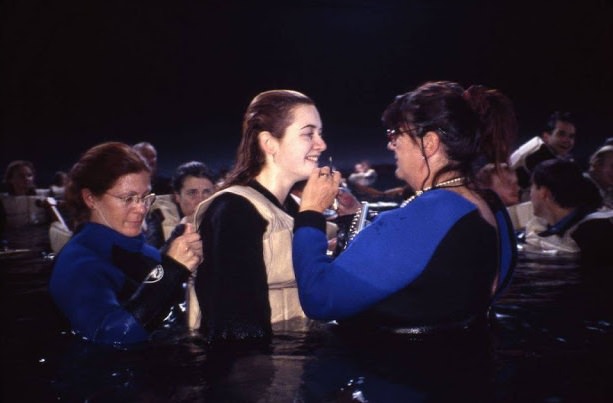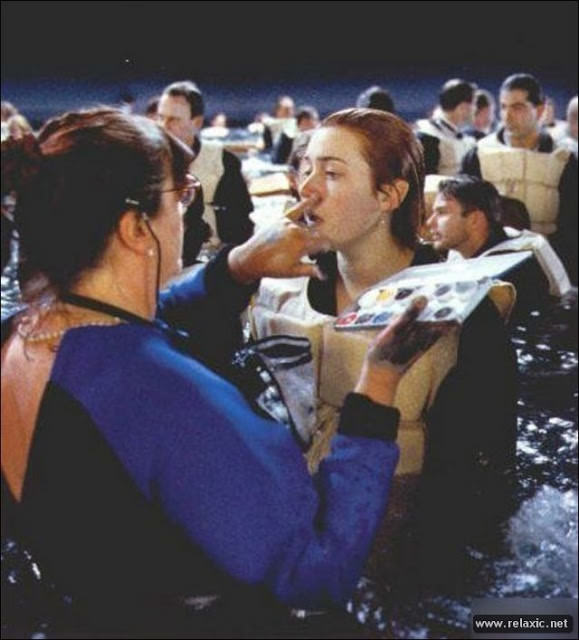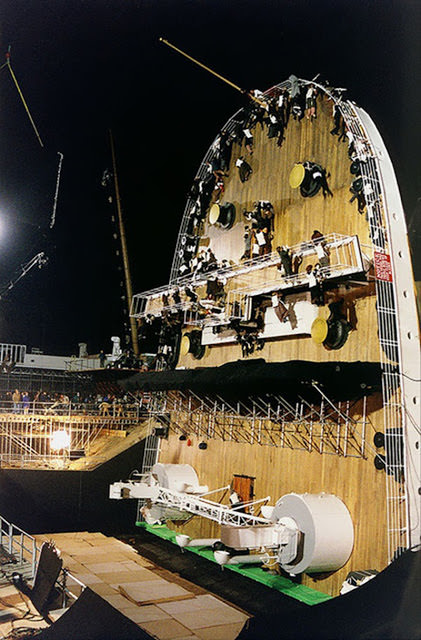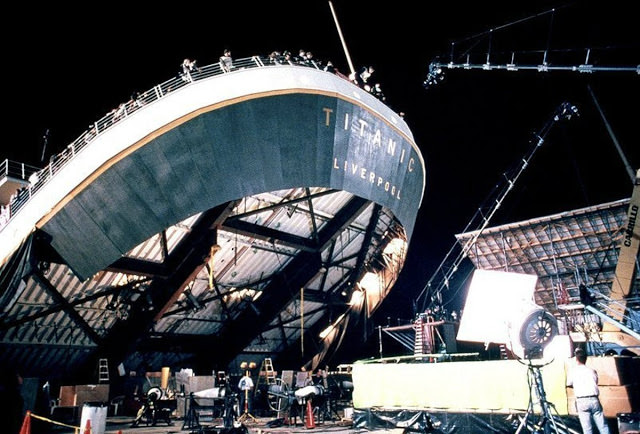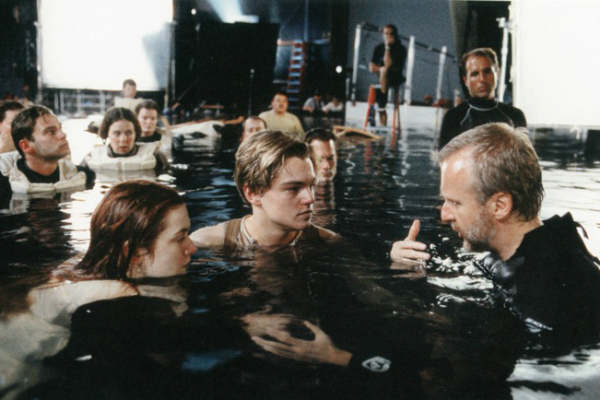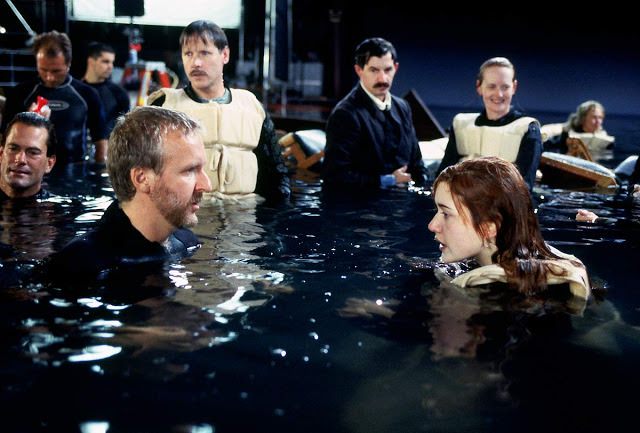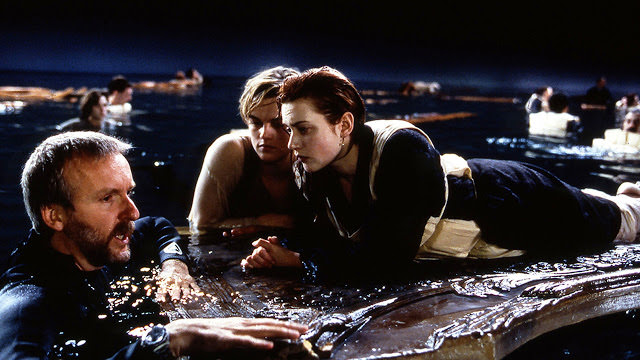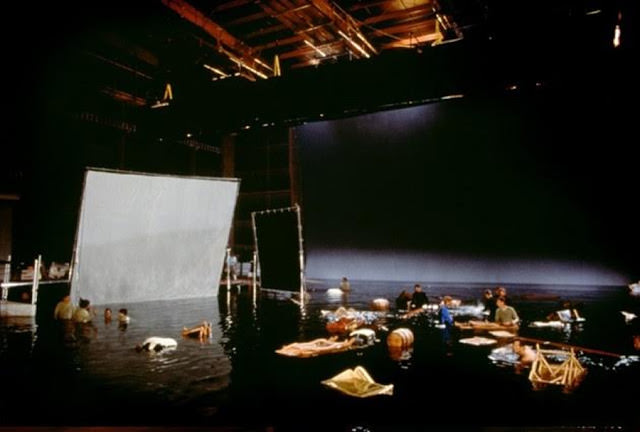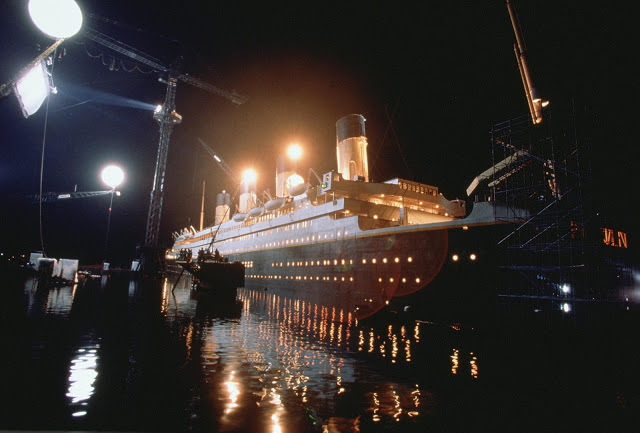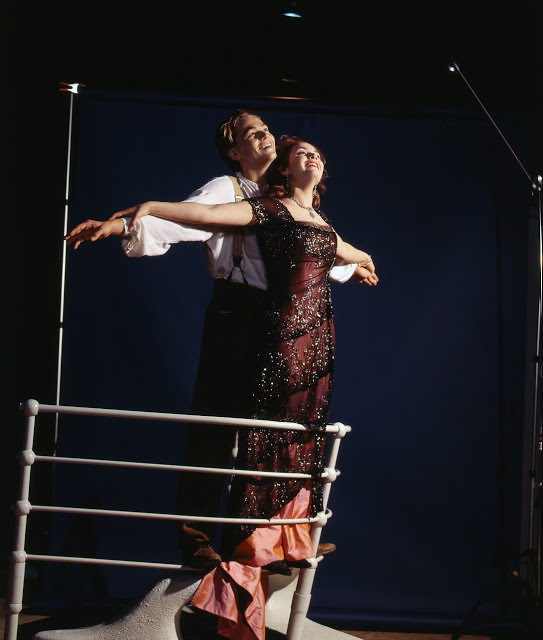Titanic, released in 1997, became a cinematic phenomenon. The film told the story of the ill-fated maiden voyage of the RMS Titanic, blending historical events with a fictional love story. The making of this epic film was a massive undertaking, involving complex sets, innovative special effects, and a dedicated cast and crew.
James Cameron wrote, directed, and co-produced the film. He was known for his ambitious filmmaking style and his attention to detail. He was fascinated by the story of the Titanic and wanted to create a historically accurate and emotionally resonant film.
One of the biggest challenges was recreating the Titanic itself. A large-scale replica of the ship’s exterior was built in Playas de Rosarito, Baja California, Mexico. This full-size section of the ship allowed for many of the film’s exterior scenes to be shot practically.
The construction of this set was a massive engineering project. It required a large workforce and a significant investment of time and resources. The set was built right on the coast, allowing for realistic ocean backdrops.
Read more
Many of the interior scenes were filmed on sound stages. These sets were meticulously designed to recreate the opulent interiors of the Titanic. The attention to detail extended to the furniture, decorations, and even the wallpaper.
Creating the sinking scenes was a complex process that involved a combination of practical effects, miniatures, and computer-generated imagery (CGI). This mix of techniques allowed for realistic and dramatic depictions of the ship’s sinking.
One of the most impressive practical effects was the tilting of the main set. This allowed for realistic depictions of the ship listing as it sank. This effect required careful planning and execution to ensure the safety of the cast and crew.
Miniatures were used for wide shots of the ship and for some of the underwater scenes. These miniatures were incredibly detailed and realistic, creating a convincing illusion of the massive ship.
CGI was used to enhance the practical effects and to create scenes that would have been impossible to film otherwise. This technology was used to create the vast ocean, the crowds of people on board, and some of the more dangerous sinking sequences.
The underwater scenes were filmed in a large tank built specifically for the film. This tank allowed for controlled underwater filming and created realistic underwater environments.
The cast included Leonardo DiCaprio as Jack Dawson and Kate Winslet as Rose DeWitt Bukater. Their on-screen chemistry and performances were a key part of the film’s success.
The film also featured a large supporting cast, many of whom played real historical figures who were on board the Titanic. This added to the film’s historical authenticity.
The costumes for the film were meticulously researched and designed to accurately reflect the fashion of the early 1910s. This attention to historical detail helped to create a convincing portrayal of the era. The film’s score, composed by James Horner, played a crucial role in creating the film’s emotional impact. The music heightened the drama, romance, and tragedy of the story.
The film’s budget grew significantly during production, making it one of the most expensive films ever made at the time. This high cost added to the pressure to make the film a success. Despite the challenges, the filmmakers were determined to create a film that would honor the memory of the Titanic and its passengers. This dedication is evident in the film’s attention to detail and its emotional power.


